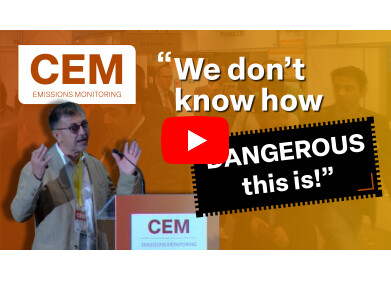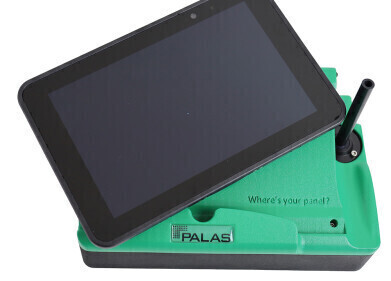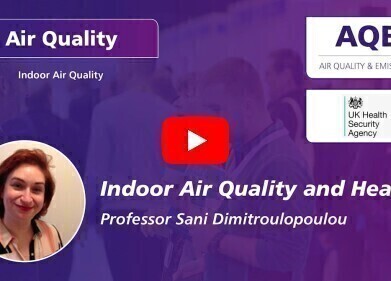Indoor air quality monitoring (IAQ)
VOC Detector Used by Leading Thai Indoor Air Quality Monitoring Specialist
Jul 18 2016
When its existing photoionisation detectors (PIDs) proved ineffective in high humidity, indoor air quality monitoring specialist, Clean Air (Thailand) Company Ltd turned to Ion Science (UK) and its high performance Tiger instrument. The handheld detector is being used by the Bangkok-based business as part of its audit programme to measure potentially harmful total volatile organic compounds (TVOCs) in a wide range of buildings including offices, hospitals, hotels and residential properties.
Established since 2007, Clean Air Thailand designs and manufactures specialist Ozone and UVGI equipment to improve indoor air quality (IAQ). The company also offers an IAQ test service which helps building managers understand what is happening in their properties. The scientific information provided can then be used to introduce IAQ improvement programmes, often without the need for extra equipment.
Philip North, Director at Clean Air Thailand comments: “Even though a building’s IAQ might seem fine, it is essential that all the parameters which make up the air being breathed are regularly assessed. As part of our IAQaudit service, we measure TVOCs present within buildings but our previous monitoring instrument proved unreliable in Thailand’s humid conditions. We provide solutions to customers based on high levels of TVOCs being detected so needed a device we can completely trust when we show before and after readings.
“Following recommendation from another business, we chose the Ion Science Tiger VOC detector due to its revolutionary PID sensor technology offering excellent humidity resistance and anti-contamination design. As well as providing highly accurate readings, we were impressed with the system’s response time of just two seconds and opted for the data logging function for easy reporting.”
Providing market-leading accuracy and run time, the Tiger’s PID sensor capabilities utilise advanced patented Fence Electrode technology, a three-electrode format with increased resistance to humidity (up to 99% RH) and contamination. Combined with 24-hour battery life, these features maximise usage by minimising erroneous readings in high humidity and drift in harsh environments. The anti-contamination design also reduces calibration frequency.
Independently verified as the industry’s best performing PID for its speed of response, accuracy and linearity, the Tiger provided the most stable, repeatable readings when tested against competitor instruments in humid and contaminated environments.
The instrument’s well proven MiniPID is a simple plug and play sensor that has been specially developed by Ion Science to deliver a dynamic and reliable response to thousands of VOCs.
Designed for rapid detection, with an unrivalled response time of just two seconds, and the widest measurement range of one part per billion (ppb) to 20,000 parts per million (ppm)*, the robust Tiger is ready to use, straight out of the box, and extremely simple to set up. It offers worldwide Intrinsic Safety (IS) certification, making it suitable for use in potentially explosive, hazardous environments, and also meets ATEX, IECEx, UL and CSA standards.
Inexpensive disposable parts such as filters and lamps are easy to change, minimising downtime. Simple connectivity to a PC via the USB allows data to be downloaded quickly.
Philip adds: “The service from Ion Science’s UK operation has been very good. Most importantly, I would give the Tiger instrument top marks for reliability and accuracy. It has proved entirely fit for purpose and can easily cope with the Asia’s extreme humidity.”
ENDS
*based on gases other than isobutylene
Digital Edition
AET 28.4 Oct/Nov 2024
November 2024
Gas Detection - Go from lagging to leading: why investment in gas detection makes sense Air Monitoring - Swirl and vortex meters will aid green hydrogen production - Beyond the Stack: Emi...
View all digital editions
Events
Jan 20 2025 San Diego, CA, USA
Carrefour des Gestions Locales de L'eau
Jan 22 2025 Rennes, France
Safety, Health & Wellbeing LIVE
Jan 22 2025 Manchester, UK
Jan 25 2025 San Diego, CA, USA
Jan 29 2025 Tokyo, Japan



















